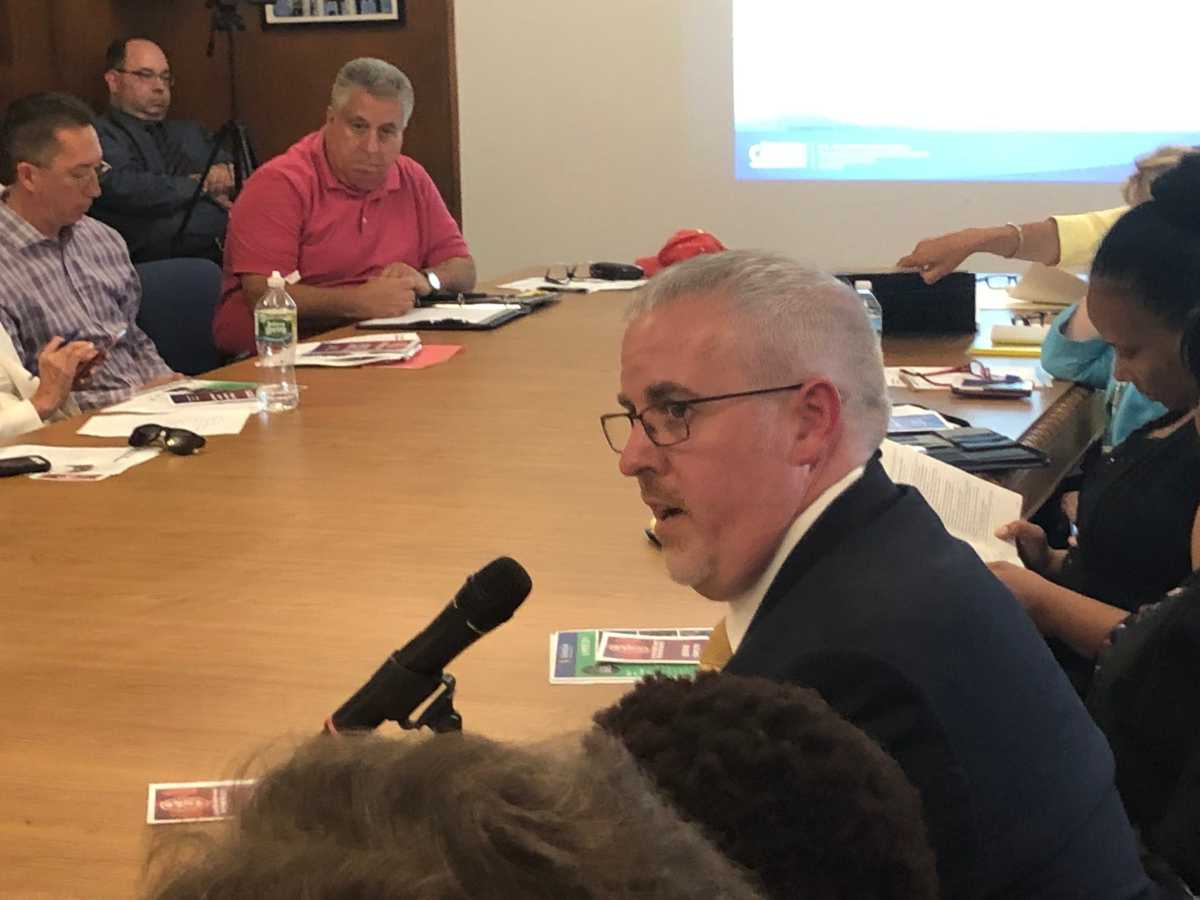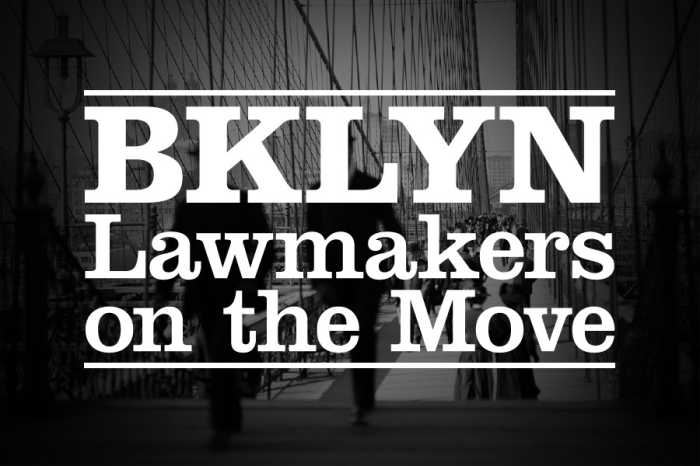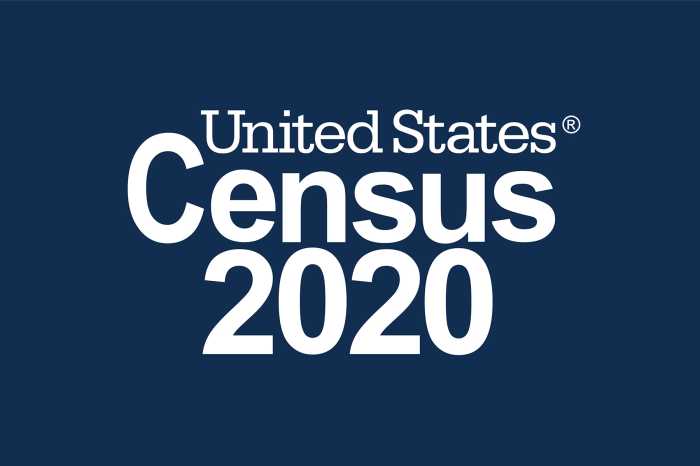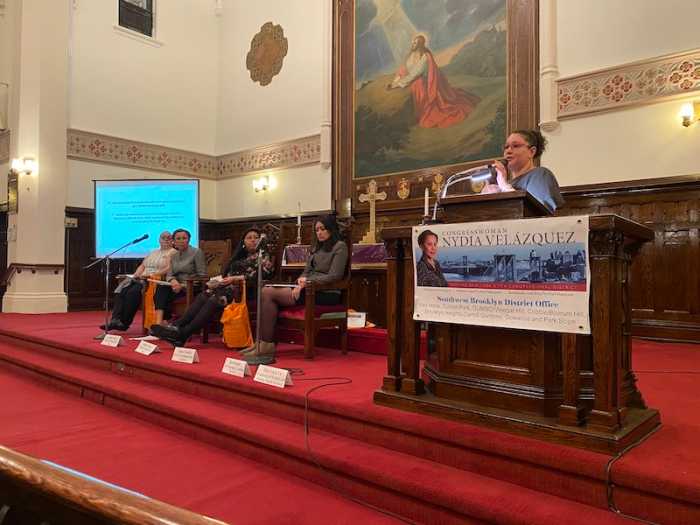The U.S. Census Bureau’s 2020 decennial count of the population across the country is less than a year away, and that collection of data will determine the distribution of more than $675 billion in federal funds annually to states and communities throughout America, the District of Columbia and its territories, according to Jeff Behler, the regional director of the New York Regional Census Center.
The Census will also determine the number of seats for each state in the House of Representatives and it is used to draw the congressional and state legislative districts, and so much more, according to Behler on Monday in Kew Gardens at Queens Borough Hall.
“Every 10 years in the years ending in zero we conduct the complete count of the nation’s population and housing – everyone living in the U.S. We don’t care if they are here legally or illegally. We care that they get counted,” said Behler.
Tuesday, a federal judge in New York signed a court order permanently blocking the citizenship question for the 2020 Census survey, just days after President Trump announced he would give up on the effort to enforce the question.
Many in the immigrant activists have feared that the citizenship question in this current xenophobic climate of the country would result in a dismal undercount for the survey, resulting in many diverse communities being underfunded.
“Trump was forced to cave to our community’s power,” tweeted immigrant activist group Make the Road New York on July 11.
Make the Road New York levied a lawsuit against the government in 2018 because of the citizenship question.
“Now we move to ensure that our community is fully [and] fairly counted. We are #HereToStay!” tweeted Make the Road New York.
The Census is conducted on the local level and with four offices underway in Queens, the borough is already leading the way in the city in terms of outreach for community surveyors, according to Behler.
“We have to hire people to work in their own neighborhoods,” said Behler. “We need clerical staff to work in those offices. We need supervisors to work in those offices. We need managers to work in those offices.”
The majority of jobs short-term temporary work and the individuals who fill those positions will work eight to 12 weeks per operation, and there will be four to five operations in the next between 2019 and 2020, according to Behler.
“People can do all five operations if they like to,” said Behler.
The people that get selected in Queens will earn $25/hour, receive transit reimbursement and have the option to work nights and/or weekends, according to the regional director.
Currently, more than 4,000 people in Queens have applied and the regional office is seeking approximately 10,000 people overall to help with the count, according to Behler.
The safety of the data is paramount to the U.S. Census Bureau, according to Behler.
“By law, we cannot release information that will identify an individual or a household,” said Behler. “Local, state and federal law enforcement cannot ask us for our data. Homeland Security, [the Immigration and Naturalization Service agency] cannot ask for our data. The Patriot Act does not supersede Title 13. In addition, everyone who works on a Census takes an oath for life whether you worked one day or 30 years.”
Any Census worker who abuses their position and identifies a household or individual from data collected can go to prison for five years and fined up to $250,000.
Census collectors or surveys will never ask for social security numbers, money, bank accounts and credit card information, according to Behler.
“If you see that, it’s a scam,” said the regional director. “We are out there knocking on doors everyday collecting very important information.”
The bureau also collects information for the employment rate, consumer price indices and data for the Centers for Disease Control and Prevention, said Behler.
“We say this because other reputable organizations try to do the same thing to try to get data and put Census on their forms to get information,” said Behler. “Please reach out to us so that we can let you know if that is a legitimate survey.”
The Census is also catching up to the 21st century with its four modes of taking surveys, according to Behler.
“It’s the first time ever that you will be able to respond online,” said Behler. “In addition, it’s the first time that you will be able to call a toll free number and give your number over the phone.”
Individuals can also respond by paper and mailing out their information or in-person to a Census taker, according to Behler.
Questions include name, age, date of birth, race and origin, Hispanic origin, relationship to the first person listed on the form, and whether or not an individual rents or own a home, according to Behler. Then there are operational questions that remind the surveyed to include everyone except for college students living away.
In March 12, 2020, at least 80 percent of the country should expect to receive a mail-out with a URL, a 12-digit unique identifier to take place of an address to further protect information, and 13 telephone numbers with English and 12 other languages (Spanish, Chinese, Vietnamese, Korean, Russian, Arabic, Tagalog, Polish, French, Haitian-Creole, Portuguese and Japanese) for people across the nation to self-respond to the survey. Italian failed to make the cut.
Borough President Melinda Katz had concerns about the many languages that were left off the list. Since her tenure started six years ago the number of languages spoken in the World’s Borough increased from approximately 160 to more than 200.
“In a third column we are going to a total of 59 non-English language guides,” said Behler. “While the form will not be in that language, we are going to provide you with directions on how to fill out the form in that native language.”
In rural areas or sections of the country with poor internet-connectivity, the remaining 20 percent of the nation will get the same package and paper questionnaire together, according to Behler.
The funds get decimated among states for the national school lunch program, highway planning and construction, Medicaid, SNAP, WIC and other Title 1 grants, according to Behler.
“We get one chance every 10 years to get the data correct,” said Behler. “If there are community members who refuse to fill it out, or they don’t understand and refuse to fill it out, their community will be affected, their state will be affected, the county will be affected, the borough will be affected for the next 10 years.”
Census Day is April 2020, ads will be out starting in January 2020, and surveyors will knock door-to-door in May to households that did not respond.










